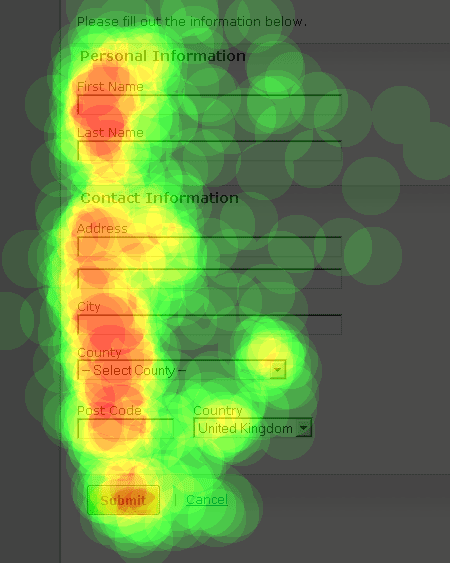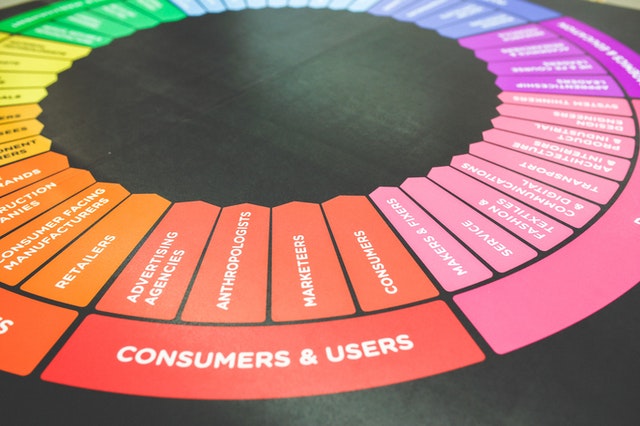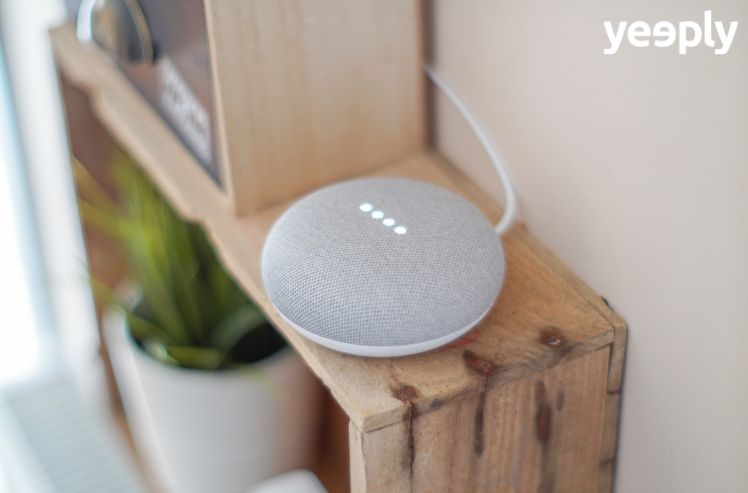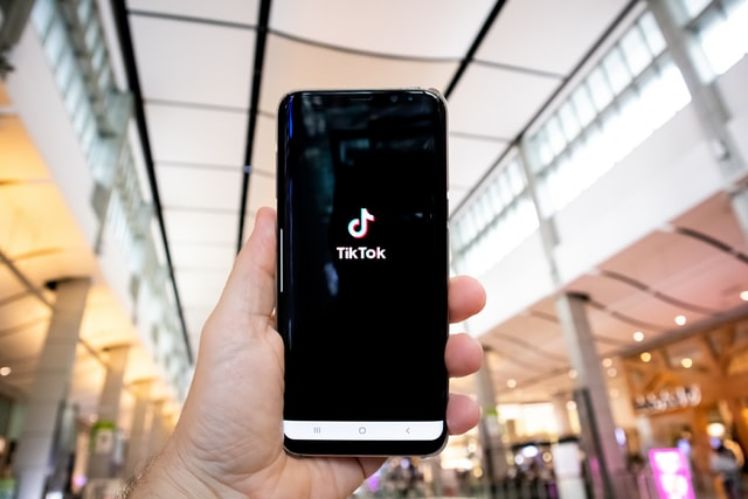When it comes to mobile marketing, analysing what is happening within our application and how is it being used by our users is vital in order to prepare new versions of it and include new features. We must be aware that the use of apps can be very different depending on their category. Flurry has already been indicating this, as we can see in the following table:
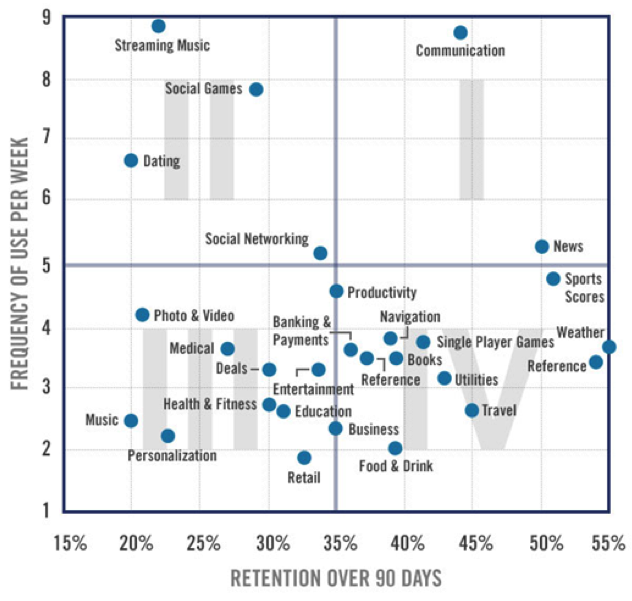
That’s why we must bear in mind that each app has its specific indicators or KPIs. We will now detail those mobile marketing metrics that all applications must take into account:
1. Active Users
Getting a user to download an application is the easiest part. Getting him to come back is a bit more difficult. This is the reason why in mobile marketing we have to consider both monthly active users (MAU) and daily active users (DAU). Knowing all about them, how they use your app, where are they from, etc. will allow you to sharpen your targeting and define customised actions with the aim of promoting customer loyalty.
Having active users is important but also our ability to attract new ones. The percentage of new users is another metric regarding our app that we must not forget: our alarm should go off whenever this percentage decreases!
2. Use of our application
One of our favourite questions is: on which of your app’s screens are you losing most of your users? Do you know? This piece of information is critical! Getting acquainted with the navigation flow within our application is very important because it allows us to know to which screens our users have been going and, especially, which screens have made them stay. In the case of games, it may tell us if a particular stage or level is too difficult. In the case of an app on productivity, it will let us know if there has been an error of approach in the way we’ve conceived our app.
Another issue we should consider is the navigation flow within each screen to see if users are really following the process we’ve arranged. The so-called ‘heat maps’ can help us with this.
3. Session length
How much time are users spending on your app? Those who come and go are surely coming across an app that’s not what they were after. If this is happening in most cases, communication is not working properly (maybe the problem is on our website or perhaps on the store).
How long have you estimated a user’s session to last? If we’re talking − for instance − about a weather forecast app, it will make sense for the average user’s session to last between 1 and 10 minutes. But if − let’s say − it’s an app on productivity, it makes sense to estimate average sessions of over 30 minutes.
4. User retention
20% of all mobile applications are used only once. Did you know this? We have to prevent our app from ending up being one of these. How can we detect this? User retention is the percentage of users that return to an app after their first visit. Besides getting to know the user retention figure, it’s also important to know how often they return to the app. The more committed and loyal our customers are, the better the monetisation strategies that can be developed.
5. Customer acquisition cost (CAC)
Knowing how much it costs us to acquire a user is important because we’ll be able to estimate how much to spend on advertising on the basis of this. CAC is calculated by adding up all the expenses allocated to acquiring new customers during a given period of time (i.e. marketing, sales representatives, infrastructure, etc.) and dividing this figure by the total number of customers acquired during that period.
CAC = Expenses required to acquire new customers / Number of new customers acquired
6. Average revenue per user (ARPU)
It’s very important that users start using your application, are committed to it and carry on using it. And just as important is knowing how to make all this profitable. The ARPU metric is used for this purpose. ARPU is calculated by adding up all the revenue obtained from users (i.e. app’s price, in-app purchases, ads, etc.) and then dividing this figure by the total number of users.
7. Customer lifetime value (LTV)
And how do we calculate user value? It’s the result of multiplying ARPU by the average customer lifetime we expect from a user. This information will enable us to carry out estimates about product releases and capital requirements.
Going back to what we said at the beginning: each application will have its own particular mobile marketing metrics. We have described here the seven that we should all take into account. Are you making use of any others?

